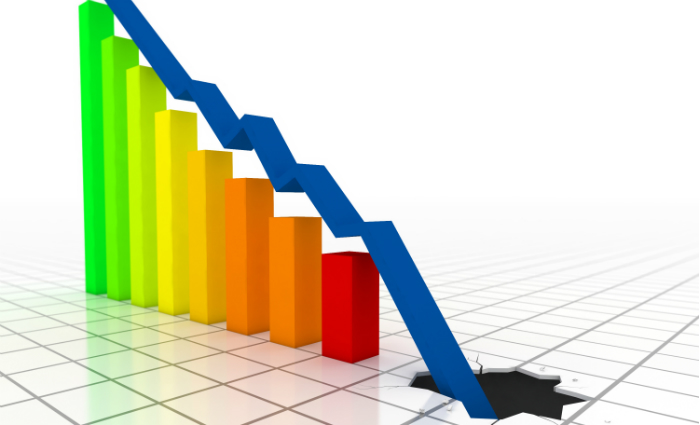
The printing industry is in its 14th straight month of contraction as technological change and cheap imports throttle growth and slash margins across the board.
Latest data from the Australian Industry Group (AIG) Australian Performance of Manufacturing Index (PMI) showed a small bump for the printing and recorded media sub-sector, up 2.2 points to 48.3, but still below the 50-point baseline.
“Although the lower Australian dollar is reported to have boosted demand for locally made products, radical technology changes, soft business activity and ongoing intense import competition continue to dampen sales for locally printed products,” the reports says.
[Related: More industry outlooks]
Paper is doing even worse, as the sub-sector it shares with wood products is down 3.6 points to 41.5 – its third fall in a row to its lowest level since September 2013.
The sub-sector saw growth between October 2013 and November 2014, but one look at the poor results of paper companies in that time shows the construction industry is helping the numbers – and that the contraction for paper is likely much worse.
Printing is at least a little better than manufacturing overall, as the index fell 3.6 points to 45.4, its fourth straight month of contraction. Other than a brief time in November, it has stayed in contraction since mid-2010.
Label and packaging printers can take solace in the food and beverage sub-sector being one of only three to expand last month, falling 2.8 points to 60.1 but still well above even.
It is the packaging-heavy sub-sector’s ninth straight month of expansion, and has recorded the strongest growth among all the manufacturing sub-sectors over the past two years.
“Local demand looks solid and export volumes are benefiting from a lower dollar, but respondents expressed concerns this month about a decline in global rural commodity prices and their potential effects in local markets,” the report says.
AIG chief executive Ines Wilcox says: “Weak domestic demand from businesses and households is offsetting the boost that many domestic manufacturers might have expected to flow from the weaker Australian dollar.
“The lower dollar has also lifted the prices paid for imported inputs, putting additional pressure on manufacturers’ margins.”
Comment below to have your say on this story.
If you have a news story or tip-off, get in touch at editorial@sprinter.com.au.
Sign up to the Sprinter newsletter



